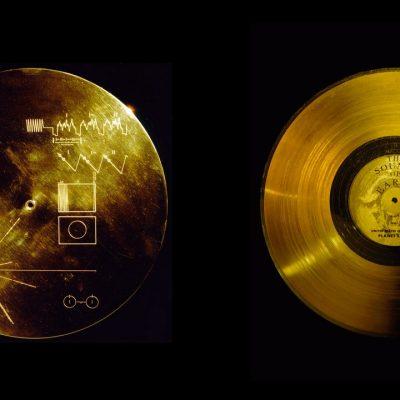JOHANNESBURG: The theory of the Turing pattern developed by the famous English mathematician is now being used to describe the strange ‘fairy circles’ of desert grass. Fairy circles are different spots of clear soil found in desert grasses.
They were first spotted in the Namib Desert in South Africa. Scientists around the world have been discussing for years how they form in similar ways, but this is the first time they can provide an explanation.

In the past, scientists have put forward a number of theories, some of which even claim that they are the work of aliens. They were often not to be proved. But now a team of scientists who have studied it thinks they can explain it further.
In their paper, a team led by Stephen Getzin, an environmental scientist at the University of Guttingen, wrote: “Vegetation patterns are often, and still are, environmentally related. Despite the lack of evidence that this is true, persistent research proves otherwise. ‘

The team took drones and cameras to the Australian desert to check out the Fairy Circles. They found that fairy circles were strong in desert grasses that depended on water. Fairy circles can spread over wide areas.
This became clear to the researchers when they linked the circles to the Turing pattern. This is the theory that grasses growing in different deserts can cause permanent patterns when searching for water. Touring’s theory is often used to explain repetitive patterns in nature.

Vegetation benefits from water provided by large fairy circles, thus maintaining a dry ecosystem even in the most harsh and arid conditions. Otherwise, the area will turn into a desert, and the dominance of bare soil is evident here. Plants benefit from the extra water resources provided by the Fairy Circle gaps, thereby maintaining the environment in the atmosphere. ‘
The team plans to do more fieldwork to do more research on grass patterns. The current findings are published in the Journal of Ecology.





Recent Comments